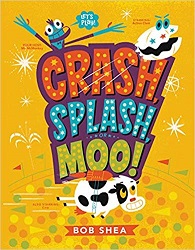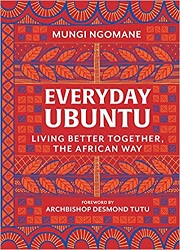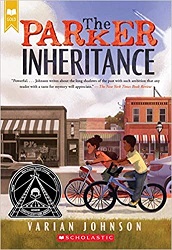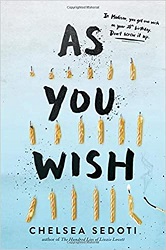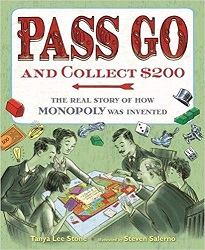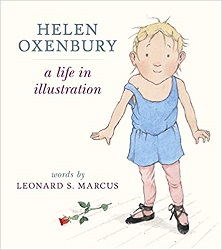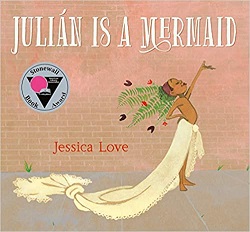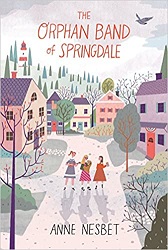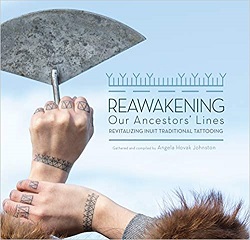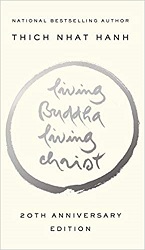Review of Crash, Splash, or Moo! by Bob Shea
by Bob Shea
Little, Brown and Company, 2018. 44 pages.
Starred Review
Review written September 25, 2018, from a library book
2018 Sonderbooks Stand-out #7 in Picture Books – Silly Fun
Okay, this one’s just incredibly silly. But I can’t wait to booktalk it in the elementary schools next summer.
On the endpapers in front, Mr. McMonkey asks the reader:
Do you like action?
Are you a good guesser?
Then get ready to play…CRASH, SPLASH, or MOO!
And the book begins:
Fearless daredevils perform amazing stunts, and YOU guess what happens.
Will they CRASH?
Will they SPLASH?
Or will they MOO?Guess right, and win a delicious banana!
The team members are Action Clam, “America’s favorite splashin’, crashin’ stunt clam,” and a cow “who does cow stuff.”
There are five stunts. Let’s just say that it’s pretty easy to guess what will happen. In the first one, for example, Action Clam races in a car toward a big tower of blocks.
Raise your hand if you guess CRASH!
Raise your hand if you guess SPLASH!
Raise your hand if you guess MOO!
When a dramatic CRASH happens, if you guessed right, “You just won your first banana!”
And I simply can’t express with a description how very silly this book is. For example, after the second stunt, Mr. McMonkey throws in the line, “Okay, Frankie Two-Bananas, let’s see if you can guess the next one.”
Did I mention the results are easy to guess?
But oh, how much fun!
Check this book out the next time you’re feeling silly.
Addendum: This book was indeed hugely fun to read aloud to younger elementary-age kids. So much joy comes out of these pages!
Find this review on Sonderbooks at: www.sonderbooks.com/Picture_Books/crash_splash_or_moo.html
Disclosure: I am an Amazon Affiliate, and will earn a small percentage if you order a book on Amazon after clicking through from my site.
Source: This review is based on a library book from Fairfax County Public Library.
Disclaimer: I am a professional librarian, but the views expressed are solely my own, and in no way represent the official views of my employer or of any committee or group of which I am part.
What did you think of this book?
